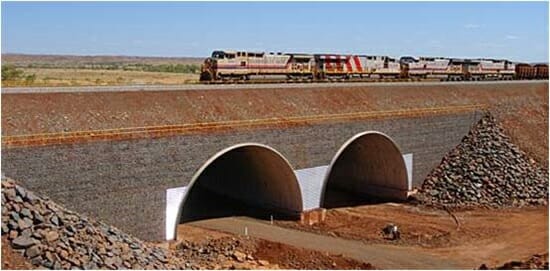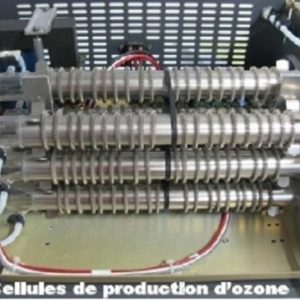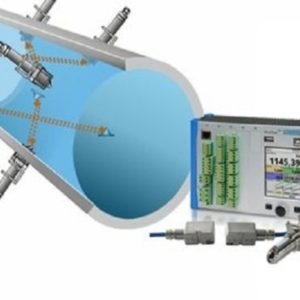Description
The inspection of bridge substructure and superstructure components are discussed in this course. The course presents a detailed, systematic guide to the inspection of each bridge component. The guidelines provided can be used to help recognize, describe, and assess problems with the various components, particularly fracture critical members (FCM).
Course Outline
Substructures
1. INTRODUCTION
2. ABUTMENTS
3. RETAINING WALLS
4. PIERS AND BENTS
5. PILE BENTS
6. DOLPHINS AND FENDERS
Superstructures
7. CONCRETE BEAMS AND GIRDERS
8. STEEL BEAMS AND GIRDERS
9. PIN AND HANGER CONNECTIONS
10. FLOOR SYSTEMS
11. DIAPHRAGMS AND CROSS FRAMES
12. TRUSSES
13. LATERAL BRACING PORTALS AND SWAY FRAMES
14. TIED ARCHES
15. METAL BEARINGS
16. ELASTOMERIC BEARINGS
17. DECKS
18. EXPANSION JOINTS
19. RAILINGS, SIDEWALKS, AND CURBS
20. APPROACHES
21. BRIDGE DRAINAGE
- Learn how to check for scour or erosion around the abutment and for evidence of any movement (sliding, rotation, etc.) or settlement;
- Learn how to check piers or bents for erosion or undermining of the foundation by scour and for exposed piles;
- Learn the importance of checking steel piers and bents for corrosion (rust, especially at joints and splices) including bolt heads, rivet heads, and nuts which are very vulnerable to rust, especially if located underwater or in the base of a column;
- Learn techniques for checking timber piles, caps, and bracing including presence of decay; and
- Find the best ways to inspect dolphins and fenders.
 E - 1118 Air Pollution Control - Carbon Adsorption for VOCs
1 × $75.00
E - 1118 Air Pollution Control - Carbon Adsorption for VOCs
1 × $75.00  E - 1123 Concrete Methods and principles - Full 8 Hours Course
1 × $200.00
E - 1123 Concrete Methods and principles - Full 8 Hours Course
1 × $200.00  E - 1525 Biodiesels- Handling and Use Guide
1 × $100.00
E - 1525 Biodiesels- Handling and Use Guide
1 × $100.00 

 E - 1118 Air Pollution Control - Carbon Adsorption for VOCs
E - 1118 Air Pollution Control - Carbon Adsorption for VOCs  E - 1123 Concrete Methods and principles - Full 8 Hours Course
E - 1123 Concrete Methods and principles - Full 8 Hours Course  E - 1525 Biodiesels- Handling and Use Guide
E - 1525 Biodiesels- Handling and Use Guide 



